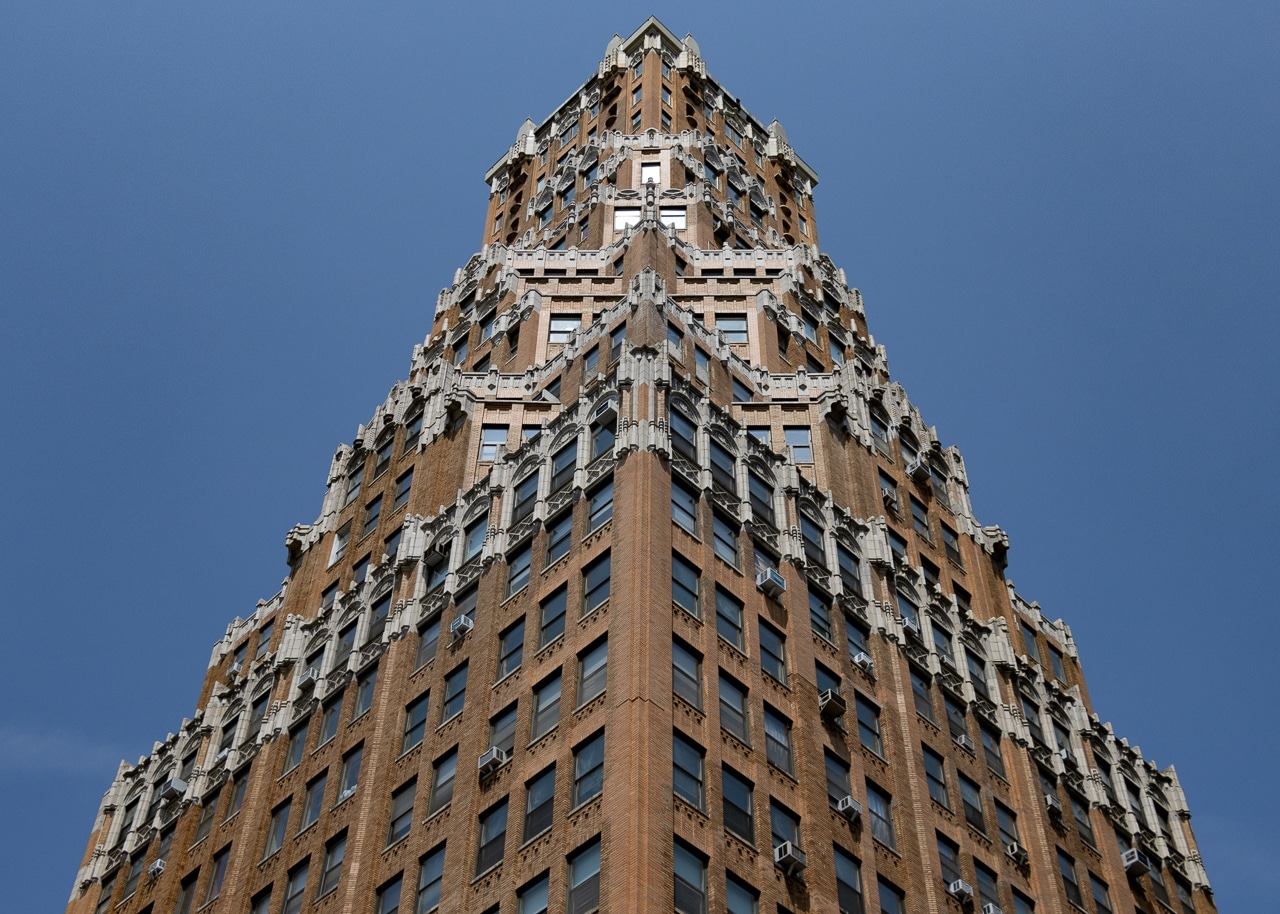Past and Present: General Slocum’s Statue
A Look at Brooklyn, then and now. A native of upstate New York, and a graduate of West Point, General Henry W. Slocum was a highly decorated Union officer who saw action at some of the Civil War’s bloodiest and most decisive battles. He was wounded at Bull Run, commanded a line at Gettysburg, and…

A Look at Brooklyn, then and now.
A native of upstate New York, and a graduate of West Point, General Henry W. Slocum was a highly decorated Union officer who saw action at some of the Civil War’s bloodiest and most decisive battles. He was wounded at Bull Run, commanded a line at Gettysburg, and fought at Antietam. When he came back home to New York, like many former military men, he decided to run for office in 1865, running for Secretary of State of New York. He lost. He tried again, and was elected to Congress between 1869 and 1873.
In 1876, after resuming his law practice in Syracuse, he was appointed president of the department of public works for Brooklyn. Here, he finally came into his stride, with his projects ranging from roads and surface transportation, to the building of the Brooklyn Bridge. His name appears prominently on a bronze plaque on the bridge. In 1882, he again went to Congress for a term, and was active in Civil War Veteran’s causes and concerns. He died in Brooklyn in 1894, and is buried in Green-Wood Cemetery.
After his death, he became a beloved son of New York. A steamship, the General Slocum, was named after him, a ship that became famous for a horrific fire in 1904, with many fatalities. Fort Slocum guards the entrance of the New York Harbor, from the Long Island Sound, and this famous statue of General Slocum once stood on the corner of Bedford Avenue and Eastern Parkway, in Crown Heights.
The statue was sculpted in 1905 by Frederick W. MacMonnies, the artist best known to Brooklyn as the sculptor of the winged statue, the Horse Tamers, atop the arch at Grand Army Plaza, as well as the other two major groups there, Army and Navy. The base of the statue was designed by Stanford White. The General stood in the middle of the median of Eastern Parkway, in the intersection of Bedford Avenue, facing west, towards Park Slope. Teddy Roosevelt was on hand for the statue’s unveiling on Memorial Day, 1905, and he gave the keynote address.
The period postcard is undated, but the photo was probably was taken at the statue’s dedication in 1905. Rising up in the background is the framework for the drill shed of the Troop C Armory still under construction, at Union St. and Bedford, begun in 1903 and finished in 1907. The band and the children are marching across Bedford Avenue. By the late 1920’s, this part of town was the center of Automobile Row, with gas and service stations on two sides of the intersection, and traffic almost at a standstill. The General was sticking out into the street, and in the late 1920’s, he was relocated to Grand Army Plaza, where he still stands, often obscured by shrubbery, facing the Library.
In the modern photo, the Troop C Armory is obscured by a 1930’s building, now the W.E.B. Dubois School. The armory is right behind it, you can just see the flagpole on Bedford Avenue. The statue would have been right in the middle of the photo. The General was the second Civil War hero immortalized in the area. Only blocks away, north on Bedford, is Grant Square, with a larger statue of General Ulysses S. Grant on his charger, sculpted by William Ordway Partridge. GMAP











so he’s to blame for the tangle of streets and clashing grids that makeup our modern streets? For a city built post-Middle Ages, Brooklyn has the weirdest traffic pattern ever.
PS: the horse tamer is not a winged statue. I think it is an indian brave trying to control two large horses.